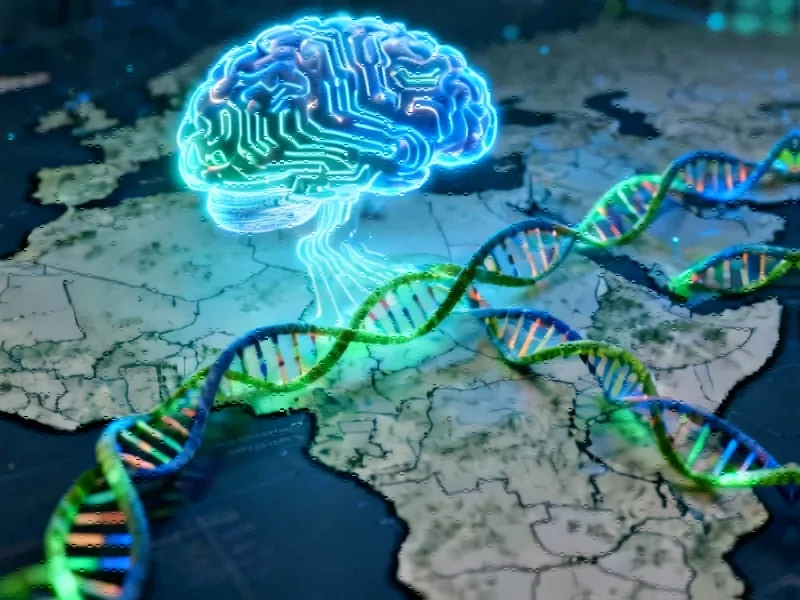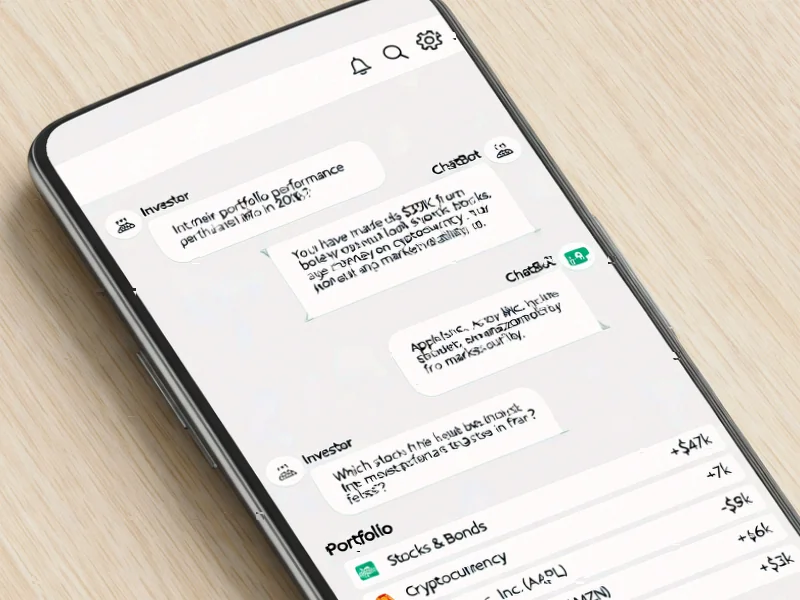According to Wccftech, Electronic Arts has been pushing its 15,000 employees to use artificial intelligence for virtually every task over the past year, from producing game code and concept art to advising managers on sensitive topics like pay and promotions. The AI tools used for coding are reportedly producing flawed output that requires manual fixing by developers, creating additional work rather than reducing it. The mandate has already led to job losses, including approximately 100 employees from Respawn Entertainment who were laid off this Spring after AI began handling playtester feedback summarization. While some industry veterans like Masahiro Sakurai and Hideo Kojima see potential benefits in AI efficiency, EA’s aggressive implementation appears to be creating significant operational challenges.
Table of Contents
The Productivity Paradox of Mandated AI
What EA is experiencing represents a classic case of the productivity paradox in technology adoption. When organizations mandate technology use without proper training, integration, and quality controls, they often create more work than they eliminate. The fact that AI-generated code requires manual fixing suggests either inadequate tool selection, insufficient employee training, or unrealistic expectations about current AI capabilities in complex software development environments. Game development involves intricate systems where code quality directly impacts performance, stability, and player experience—areas where current generative AI still struggles with consistency and reliability.
The Unspoken Job Displacement Realities
The layoffs at Respawn Entertainment highlight a broader industry trend that extends beyond traditional creative roles. While much attention focuses on AI’s impact on concept artists and level designers, the elimination of approximately 100 QA and feedback analysis positions reveals how AI is displacing roles throughout the development pipeline. This represents a significant shift in Electronic Arts’ operational strategy, where middle-tier analytical and quality assurance functions are being automated. The challenge for companies implementing these changes is maintaining the nuanced understanding that human analysts bring to player feedback interpretation—something current AI systems may struggle to replicate effectively.
Broader Creative Industry Implications
EA’s approach represents a particularly aggressive stance in an industry that’s traditionally balanced technological innovation with creative excellence. The mandate to use AI for concept art and level design raises questions about intellectual property and artistic consistency. When AI tools are trained on existing employee work, as the report suggests, companies must navigate complex legal and ethical territory regarding who owns the resulting output and how it impacts future creative direction. This could create tension between efficiency goals and the unique artistic vision that distinguishes successful game franchises.
Critical Implementation Lessons for Other Studios
Other game developers watching EA’s experiment should note several critical implementation factors. First, the timing of AI adoption matters—current models may not be mature enough for mission-critical development tasks. Second, employee buy-in and training are essential; forced adoption without addressing legitimate concerns creates resistance and suboptimal outcomes. Third, companies need clear policies about what types of decisions and creative outputs should remain human-driven versus what can be effectively automated. The mixed results EA is experiencing suggest that a more measured, role-specific approach might yield better outcomes than blanket mandates across all 15,000 employees.
The Realistic Future of AI in Game Development
While industry leaders like Sakurai and Kojima correctly identify AI’s potential for addressing Japan’s shrinking talent pool and boosting efficiency, the current reality at EA suggests we’re in an early, often messy transition phase. The most successful implementations will likely involve AI as an assistant rather than a replacement—augmenting human creativity and problem-solving rather than attempting to fully automate complex development processes. As the technology matures and companies develop more sophisticated implementation strategies, we may see the current productivity paradox resolve, but EA’s experience serves as a cautionary tale about moving too aggressively without adequate preparation and realistic expectations.
Related Articles You May Find Interesting
- FCC Gridlock: How Government Shutdown Stalls Tech Innovation
- The AI Browser Revolution: Why Perplexity Comet Changes Everything
- UK Trade Stagnation: WTO Warns of Post-Brexit Economic Reality
- How Relationships Trump Revenue in Early-Stage Venture Funding
- RPCS3 Emulator Shifts GPU Requirements as Legacy Support Ends



